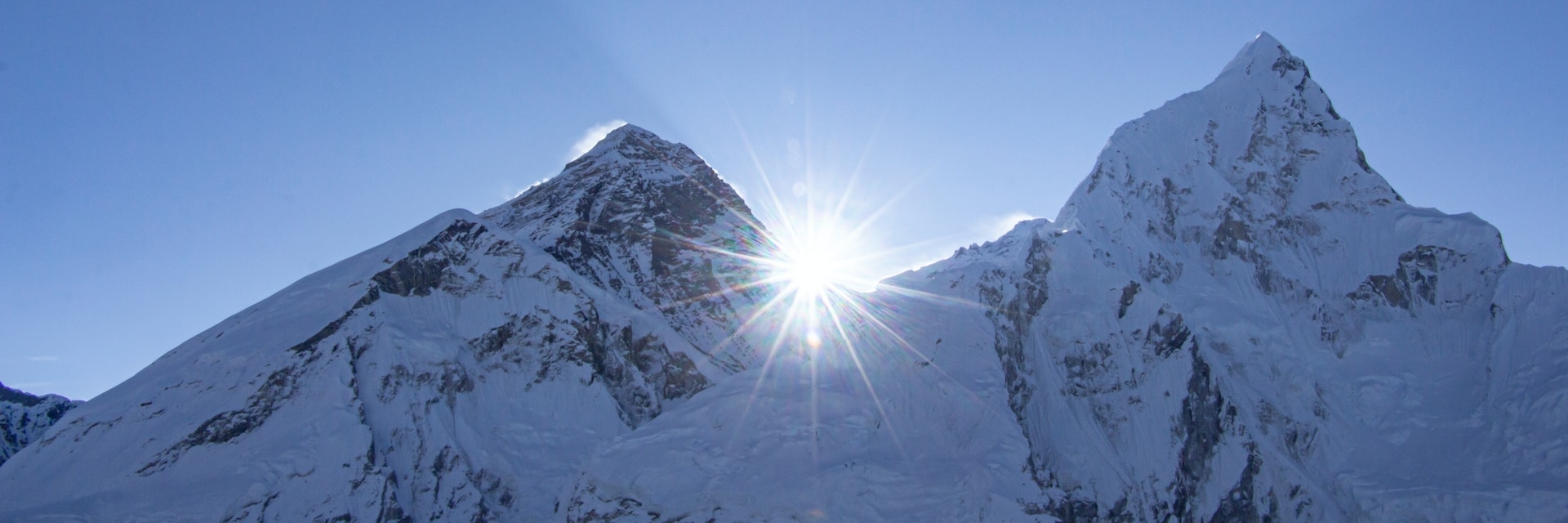
Treks & Expedition


Ever since the conquest of the highest mountain peak in the world, Mount Everest, by Sir Edmund Hillary and Tenzing Norgay Sherpa, the Everest region holds an inexplicable fascination for all people making it one of the most popular trekking regions in Nepal.
The name Everest is magic in itself. Everest (8848m.) is called SAGARMATHA in Nepali - Higher than the Sky and CHHOMOLUNGMA in Tibetan - Mother Goddess of the Earth.
The Mount Everest or Solu Khumbu region is one of the most popular trekking areas in Nepal - tinged with the romance of being so close to the highest mountain in the world. The route lies in the highest wildlife reserve in the world, the Sagarmatha National Park, which covers an area of 1,148 sq. km. UNESCO listed the park as a World Heritage Site in 1979 for its unique nature, local Sherpa culture and geographical landscape.
A trek in this region follows the course of the Dudh Kosi, also called the River of Milk, gradually climbing through forests of rhododendron and magnolia stretching from temperate to snow line regions. It takes one to the foothills of the mightiest mountains in the world. En route, one traverses through rhododendron and pine forests, rivers, Sherpa villages and Buddhist Monasteries. The Panoramic Views Of The Himalayas are one of the finest along this route as you follow the route through the Khumbu region via the pouplar Sherpa town of Namche Bazaar. Trekkers get a close view of the worlds greatest mountains including Everest, Lhotse, Nuptse, Ama Dablam, Thamserku, Tawache and many other unnamed mountains and peaks.
For the people of this Himalayan region, the busy chores of daily life is interrupted by seasons of feasts and festivals, marked by dancing and general merry making. Most festivals centre around the temples and monasteries, with rites conducted by lama priests. These festivals are spread out through the full moon days of May, June, July, August and November in different sections of the Himalayas. While the Sherpas are the most predominant people of Solukhumbu, in the lower region of Solu, the Khaling Rai culture prevails as well. In Khumbu where agriculture land is limited, livestock raising and trade is more important.
